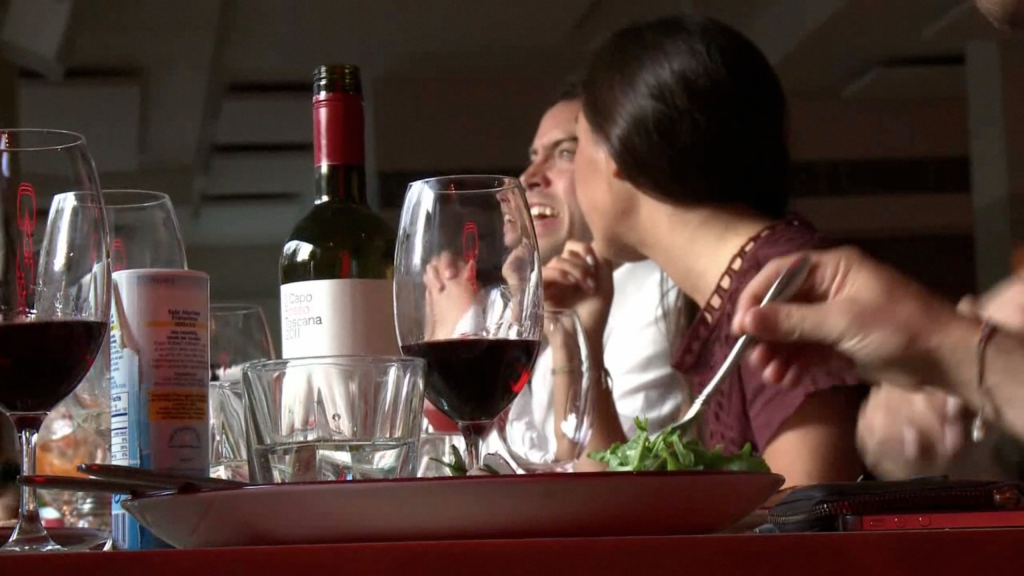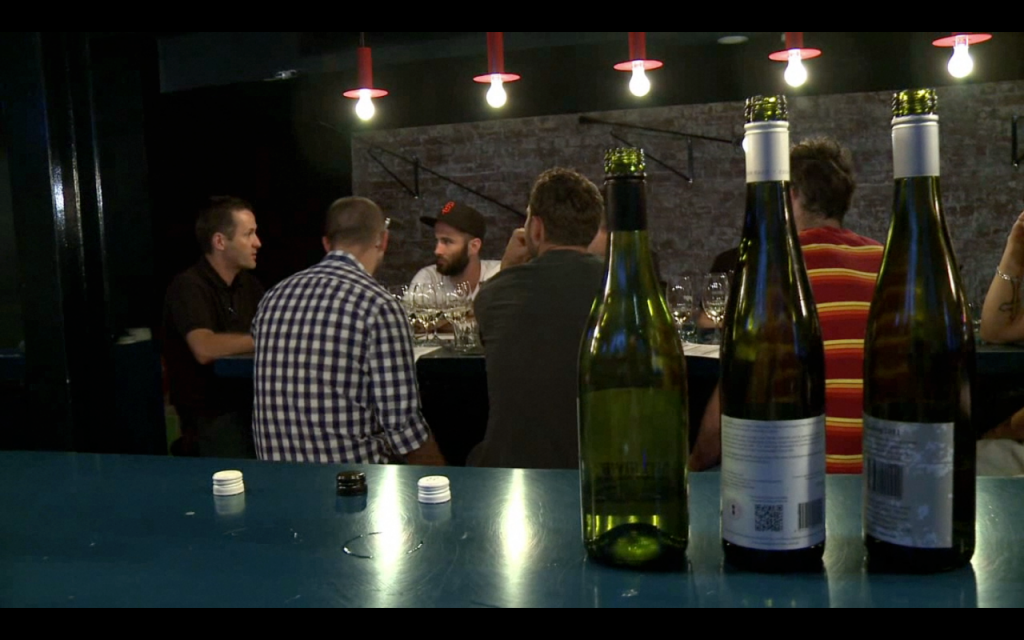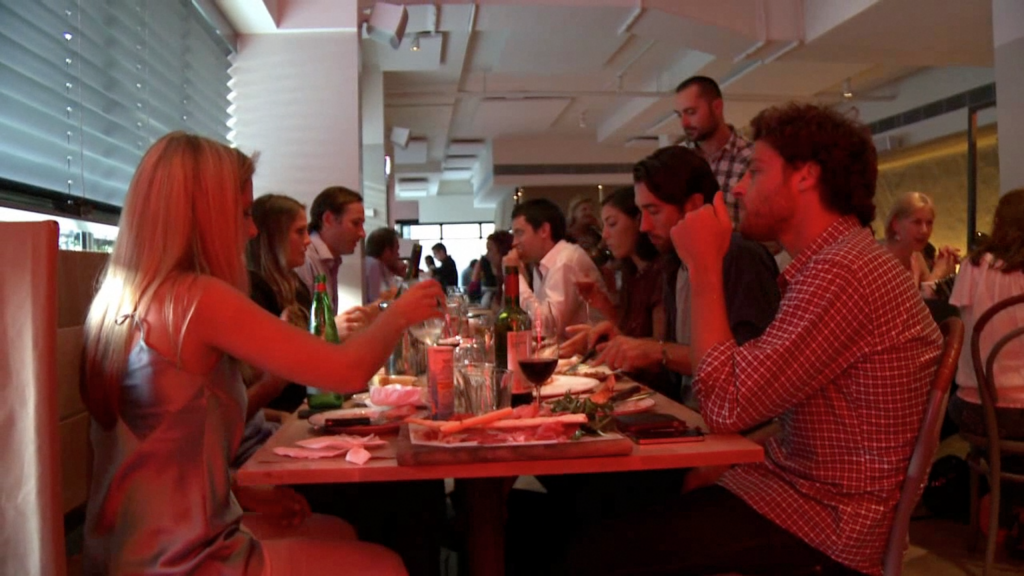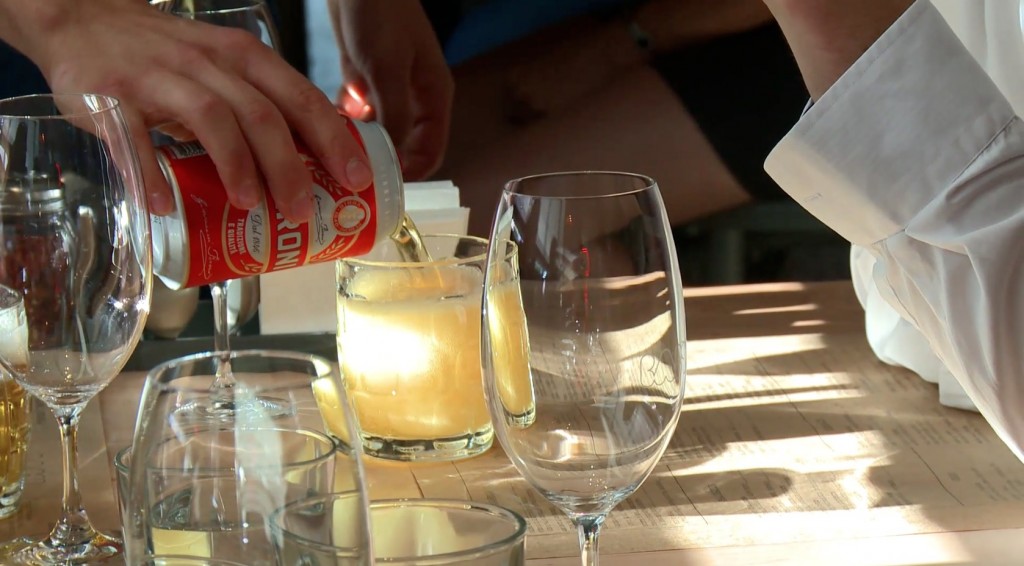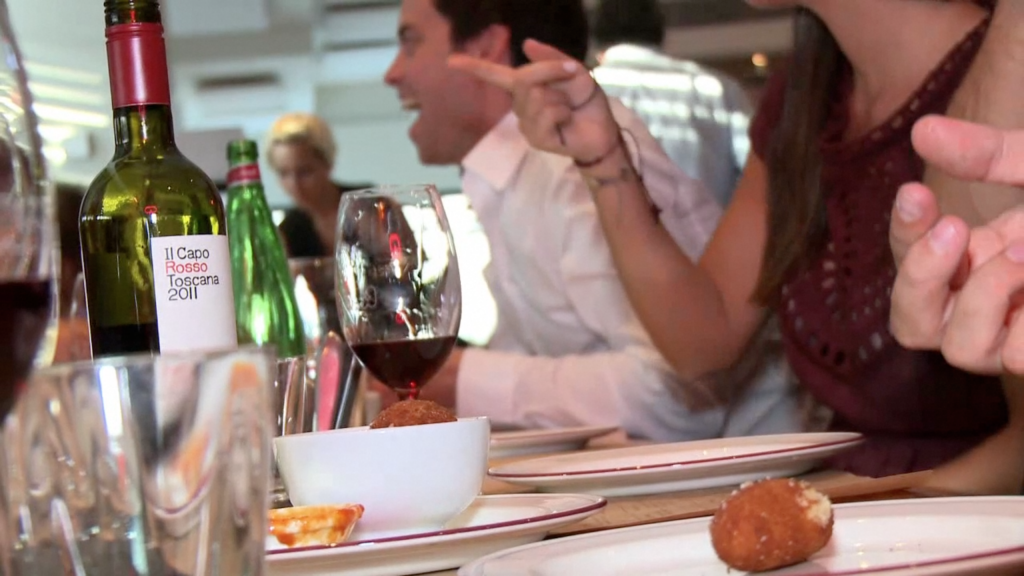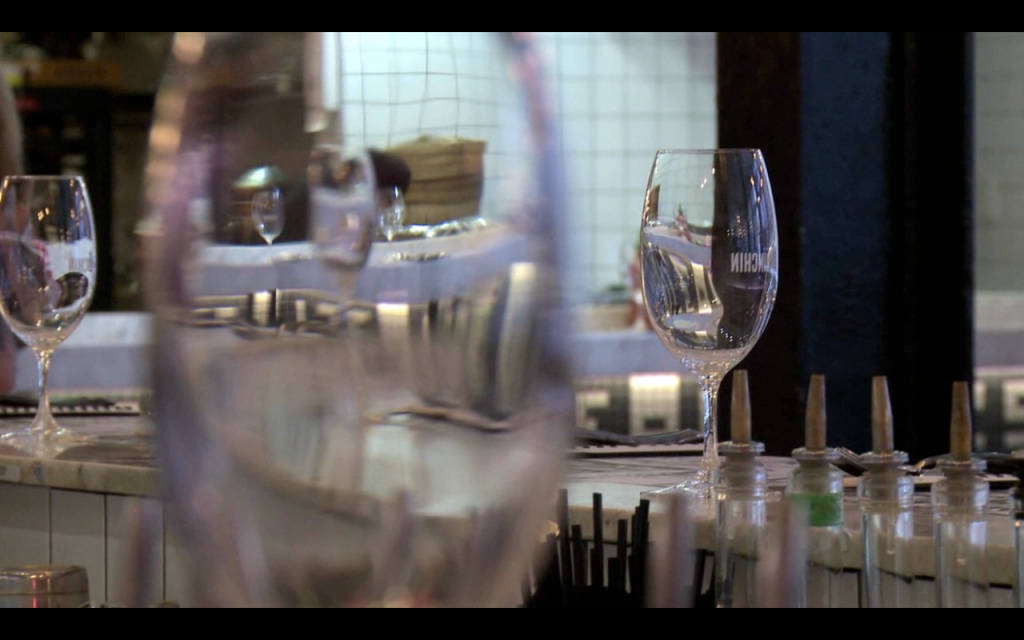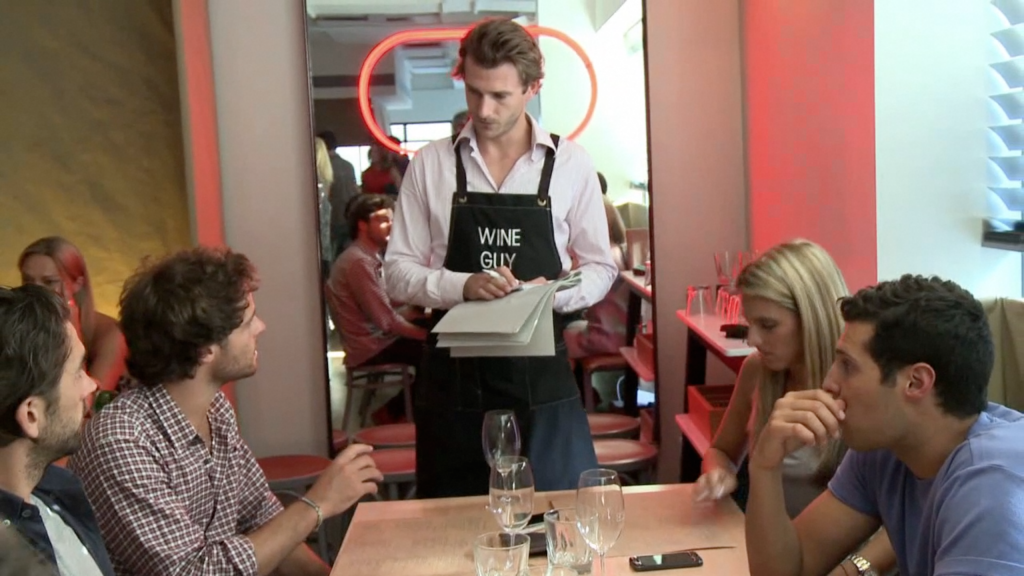Domestic wine has fallen off the radar of the wine world, at least in Australia.
According to retailers, what used to be a market darling has been shelved in favour of imported wine, cocktails, cider and beer.
The Australian Bureau of statistics shows beverage lists are now slanted towards imported varieties, which have nearly doubled in the past six years.
- New Zealand appears to be outstripping all other countries with 61% of total imports down from 67% in 2011.
- The total amount of imports from France has also increased from 13% in 2011 to 17% in 2012, as well as Italian imports increasing from 9% in 2011 to 10% in 2012, including a substantial growth in sparkling prosecco.
- Shipments are fast increasing and imported wines are representing 24 percent of listings on the average wine list up from 9% five years ago.
“The days of a generic wine list which is made up of Australian smash hits is gone, it’s gone for a number of reasons,” says Chris Lucas, a Melbourne restaurateur leading the change.
One of those reasons is the younger demographic taking up a majority of seats in venues. This tectonic shift in our drinking habits is driven by a youthful market who have developed a sophistication and willingness to experiment beyond our shores, preferring imports and leaving Australian brands on the shelf.
“We’re dealing with a whole new generation of people who are very well educated, very intellectual and very sophisticated in terms of their palates,” Lucas says.
“It’s a right of passage for these youngsters. They would have done two, three years living in Europe or the States so they’re a lot more savvy, a lot more worldly and a lot more open to international varietals,” he says.
And with more than 50 percent of the world’s population under 30 years old, the thirst of this clientele cannot be ignored.
Restaurateurs all over the city are scrambling to keep pace with the fast changing landscape that has seen old institutions reinvent themselves to satiate this new breed of customer. The formality of the old restaurant world is on the decline as the penchant is now for a multi-layered, hybrid dining experience that is affordable and accessible.
“Nowadays, I don’t think people want to go to restaurants and just simply sit down and have a traditional three course meal, I think people use restaurants as a social environment, where they go and meet their friends and have a bit of a chat,”says Lucas.
The line between restaurant and bar has therefore become blurred. Forty percent of the space at Chin Chin, his prized restaurant possession, is occupied by bar stools alone.
In recent times, in order to keep pace, Lucas’ beverage lists have undergone change.
“At the time that we launched, we decided just to focus on Australian winemakers. We even went to the extent that we actually named the wine maker in our wine list,” he says.
Today however the Australian section has shrunk, replaced by an international offering, as well as an extensive beer and cocktail component.
The proliferation of international cuisine has also spurred the popularity of wine matching with imported varieties.
“It has to match the food, nowadays we have a lot of restaurants with a lot of spice, ushering other varietals,” says wine writer Grant Van Every.
Kieran Callan has watched the ebbs and flows of Australian brands as CEO of Casama Wine Distribution, based in Abbotsford. His largely Australian portfolio has been under fire since mid 2010.
“It’s not that we’re drinking or spending less, it’s that we have become more experimental and conscious of quality, and more prepared to pay for it,” Callan says.
“The rise of imports and alternative varietals demonstrates both knowledge and confidence on the part of consumers,” he says.
Callan blames the fact Australian wineries are missing out on social media, a medium that speaks directly to the youth of today.
“If you don’t use social media to speak to this young crowd then you may as well be standing in front of a tsunami. You might be yelling at the top of your lungs, but no one will hear you,” he says.
- Australia leads the world in online wine retailing, with 70 percent of Australian homes having the Internet
- 12 million Australians have a face book page.
- Domestic wine makers have an average of 700 fans in contrast to Californian wine makers who have an average of 7500.
The first point of contact the consumer has with a particular wine brand is often at a venue or restaurant, dictating what patrons will pour at home. The role the modern day sommelier holds (in particular to the next generation of drinkers) cannot be underestimated. Elevated to an almost divine quality, the “wine guy” will reign over the wine industry, dictating what’s poured and what’s not.
So what does it take for an Australian wine marker to get his wine past this gatekeeper?
Matt Skinner, a former Australian wine writer, sommelier, consultant and educator says the answer lies in creating a point of difference.
“You read about a certain wine maker who is doing something slightly differently to decades before and you gravitate towards that,” he says.
Story telling is also an integral tool in advertising, forcing consumers to connect with a particular brand on an emotional level. So why aren’t more domestic wine brands following suit, asks Skinner.
“Wine has a deep well of emotions, a rich history and connection with the land or the crop. This fund of emotions has a power, a power wine marketers and winemakers should be tapping into,” he says.

